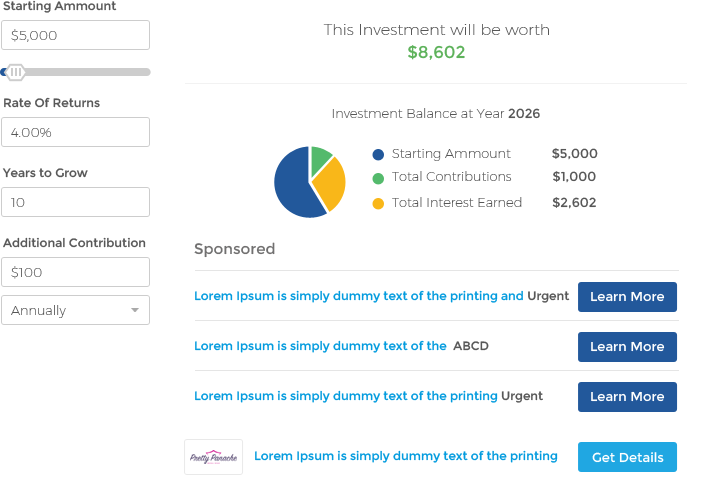Startup valuation methods are the procedures in which a new business or startup can work out the value of his or her own comany. The procedures are necessary since there will be no revenue figures to base the business' value since the business is new. Since its a guesswork, an estimate has be done. Hence, there are several startup valuation methods or procedures which were invented to aid in the accurate business valuation. Entrepreneurs want the value to be as high as possible, while investors want the value to be low that they could see a huge return of investment.
Here are the various valuation methods:
Venture Capital Method
The Venture Capital Method (VC Method) is one of the methods for showing the pre-money valuation of pre-revenue startups. The concept was first described by Professor Bill Sahlman at Harvard Business School in 1987. It uses the formula Return on Investment (ROI) = Terminal (or Harvest) Value ÷ Post-money Valuation, as well as the formula Post-money Valuation = Terminal Value ÷ Anticipated ROI.
Berkus Method
The Berkus Method assigns a range of values to the progress startup business owners have made in their attempts to get the startup off of the ground.
If exists:
All of the information above has to add a value of up to $1/2 million.
Scorecard Valuation Method
The Scorecard Valuation Method uses the average pre-money valuation of other seed/startup businesses in the area, and then judges the startup that needs valuing against them using a scorecard in order to get an accurate valuation.
Risk Factor Summation Method
The Risk Factor Summation Method compares 12 elements of the target startup to what could be expected in a fundable and possibly profitable seed/startup using the same average pre-money valuation of pre-revenue startups in the area as the Scorecard method.
Below are the 12 elements:
Each element is assessed as:
Cost-to-Duplicate Method
This approach involves looking at the hard assets of a startup and working out how much it would cost to replicate the same startup business somewhere else. The idea is that an investor wouldn't invest more than it would cost to duplicate the business.
Discounted Cash Flow (DCF) Method
This method involves predicting how much cash flow the company will produce, and then calculating how much that cash flow is worth against an expected rate of investment return. A higher discount rate is then applied to startups to show the high risk that the company will fail as it's just starting out.
Valuation by Stage
The valuation by stage method is often used by angel investors and venture capital firms to come up with a quick range of startup valuation. This method uses the various stages of funding to decide how much risk is still present with investing in a startup.
Comparables Method
This method is to literally look at the implied valuations of other similar startups, factoring in other ratios and multipliers for things that may not be similar between the two businesses.
The Book Value Method
This method is based solely on the net worth of the company. i.e. the tangible assets of the company. This doesn't take into account any form of growth or revenue, and is usually only applied when a startup is going out of business.
First Chicago Method
This method factors in the possibility of a startup really taking off, or really going badly. To do this it gives a business owner three different valuations:
Share on


